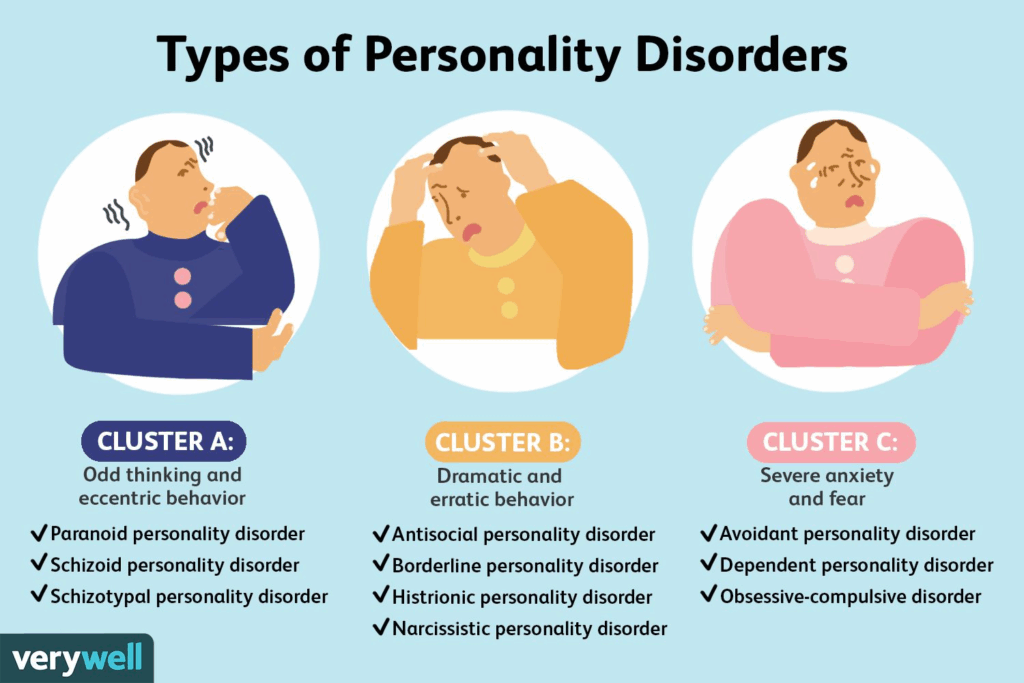Multiple Personality Disorder, also known as Dissociative Identity Disorder, is a complex psychological condition characterized by the presence of two or more distinct personality states within an individual. These different personalities may have unique traits, behaviors, and memories, and can often manifest in response to traumatic experiences or as a coping mechanism for dealing with stress.
Diagnosing Multiple Personality Disorder can be challenging as the symptoms can vary widely among individuals. A key tool in the assessment process is the use of a Multiple Personality Disorder Chart. This chart helps clinicians track the different personality states, their characteristics, and any triggers that may lead to their emergence. By documenting these details, healthcare professionals can better understand the condition and develop an appropriate treatment plan.
Multiple Personality Disorder Chart
Treatment and Management
Once a diagnosis has been made, treatment for Multiple Personality Disorder typically involves psychotherapy, medication, and other supportive interventions. The use of a Multiple Personality Disorder Chart can be instrumental in monitoring the progress of therapy and identifying any patterns or trends in the presentation of different personality states. By keeping detailed records and updating the chart regularly, both the patient and their healthcare team can work together to manage the condition effectively.
Conclusion
Multiple Personality Disorder is a complex mental health condition that requires careful assessment and management. The use of a Multiple Personality Disorder Chart can aid in the diagnosis, treatment, and monitoring of the disorder, providing valuable insights into the different personality states and their interactions. By utilizing this tool, healthcare professionals can better support individuals with Multiple Personality Disorder on their journey towards healing and recovery.
